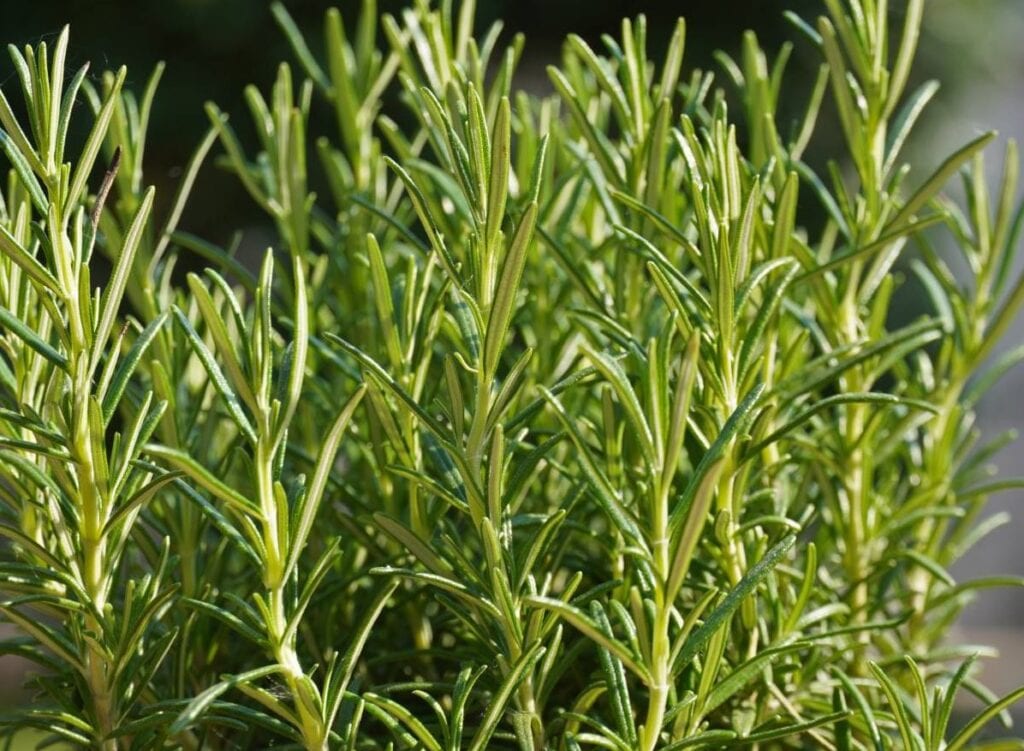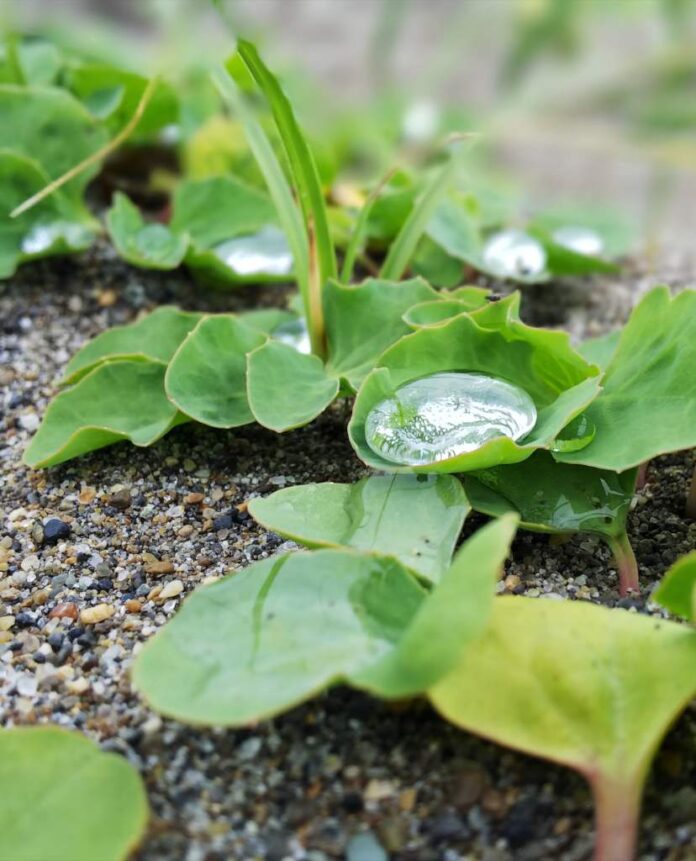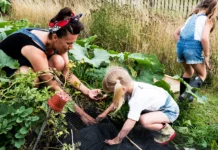Water would get drained easily in sandy soils and as it goes, it tends to wash away plant nutrients as well and this would end up making growing conditions for fruits and vegetables very harsh.
However, the loose and crumbly texture that the sand offers also makes root crops grow perfectly well and with a little bit of attention, other crops may thrive as well. Stick around as we bring to you the vegetables that grow in sandy soil.
Adding leaf mold, lots of compost spent mushroom, as well as other organic contents, would help in enhancing water retention and you should also remember to fertilize based on what the crop requires.
Truth is you would need to carry out a soil test if you want to determine the soil that you have and trust me when I say it is one of the most difficult and complicated things to do. This is because it calls for lots of effort and training.
It isn’t for the weak at heart and if you are game then this is what you must do; get a handful of soil and make sure it gets dampen. Make this soil have the shape of a sausage and if it is sandy soil, it will definitely crumble before falling apart eventually.
You would be able to tell from its individual grains but if it is clay soil, it would not break but stick together. This is why clay soil can be rubbed into a sheen while silty soils tend to have a soapy texture.
Vegetables That Grow In Sandy Soil

It would take some seasons for your soil to improve and if it is a sandy soil you have then my best advice would be for you to work with the soil you have. Right now, we would be talking about vegetables that grow in sandy soil and the first vegetables we want to talk about are the root vegetables.
Root vegetables are thirst-motivated vegetables and plants like parsnips and carrot which has long taproots that can penetrate deep into soils.
Sandy soil is a plus if you are pushing to start planting for the year and this is because of their ability to warm up and dry out quickly. Early sowings are likely to be successful and this includes vegetables like collards and lettuce.
In acidic sandy soils, potatoes do not develop scabs and they are also less thirsty plants. A good rule of thumb often means less water but this advice isn’t applicable to potatoes.
Mediterranean herbs are specially grown on sandy soils and in this case, boosting the soil using organic matter isn’t necessary.

Rosemary, thyme and lavender would all do fine in sandy soils and this is because of the fact that they have a low fertility bed which implies they would not be dealing with a waterlogged soil in the winter season.
The vegetables that can grow during the winter season are the best that you can grow on sandy soils.
Shallow rooted plants in most cases might dry out quickly on sandy soils and brassicas would also struggle when planted in acidic and loose conditions. This doesn’t mean that they can’t be grown but you are likely to pay more attention to them rather than plants that are already suited to grow on sandy soils.
Vegetables that can be grown during winter binds fully to the soil together with their roots and this helps in protecting them from snow, rain and winds.
However, one thing that you should have at the back of your mind is that sandy soils require a lot of organic matter to be applied frequently so they can be able to make a difference.
How warm your climate determines how fast the organic would break down and this also gives you an insight into how quickly the soil starts replenishing. Two buckets full of organic matter are okay for you to start with and it can be added to the surface of the soil as mulch.
This would help in protecting the soil from winds and rain. Organic matter is an all-cure for all kinds of gardens and trusts me when I say you can never go wrong using organic matter in your garden.
The organic matter would help boost a soil’s water retention abilities as well as improving the structure of the soil. Manure and compost are most preferred and this is because of their high nutrient content.
Related Articles:
Growing Chinese Vegetables In Gardens







